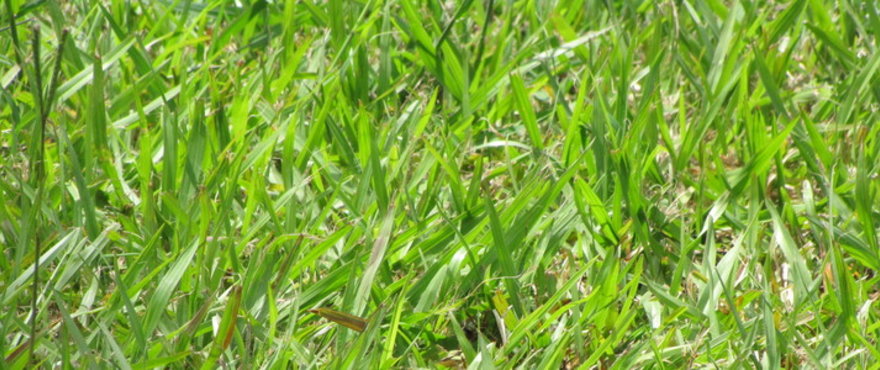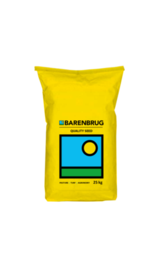Bahia grass is one of the earliest species adopted as a permanent sown pasture. It is also suitable for making hay and silage but should be cut before flowering to avoid hay being spoiled by presence of ergot- infected seed heads. Once established, it provides a good stable ground cover to combat erosion, particularly that caused by water movement.
Establishment
Seeds should be drilled or broadcasted into a well-prepared, fine, weed-free seedbed. It should preferably be planted less than 1.5 cm deep. It grows best on deep, moist, fertile, sandy loams and clays usually of alluvial or basaltic origin. Such soils are subject to compaction under intensive grazing. It has little tolerance of salinity but is very tolerant of poor drainage. It can be planted at any time from spring to late summer, although it is best planted just before the expected rainy season since germination and establishment can be slow.




